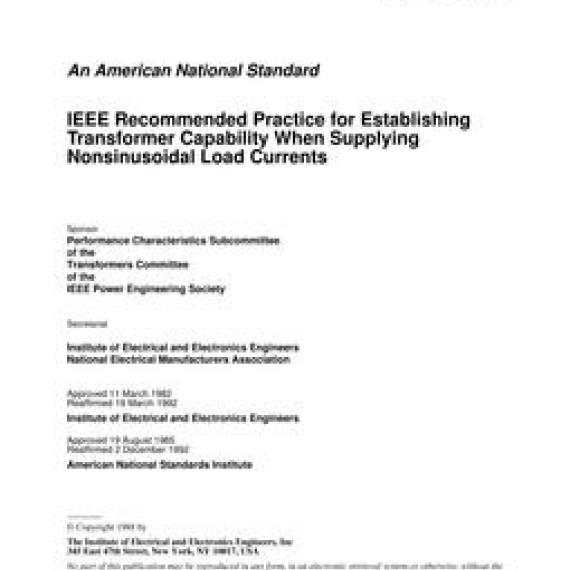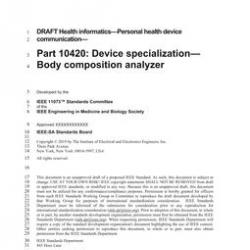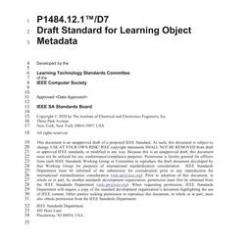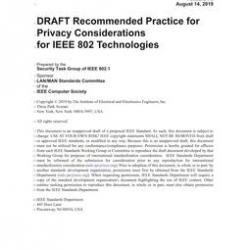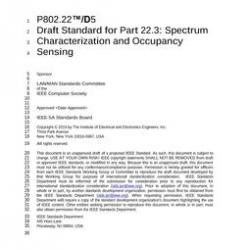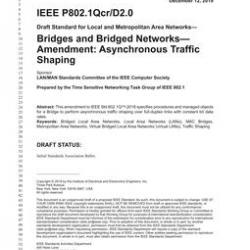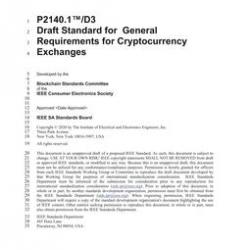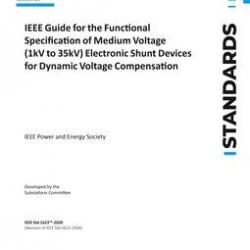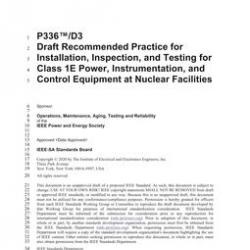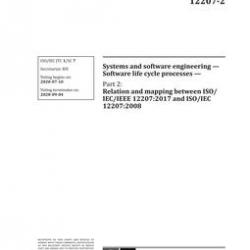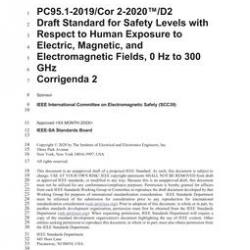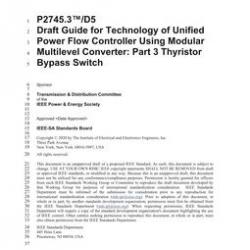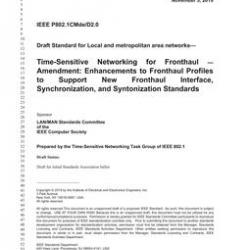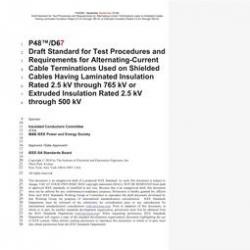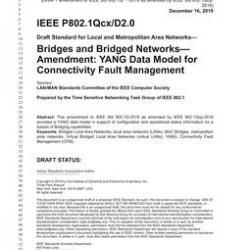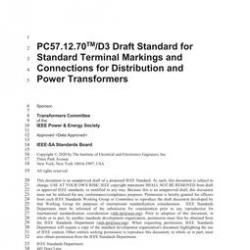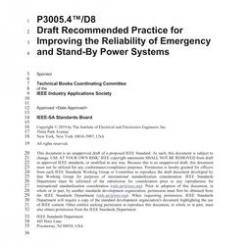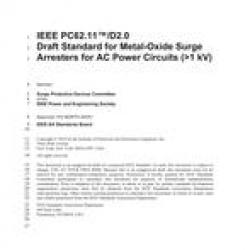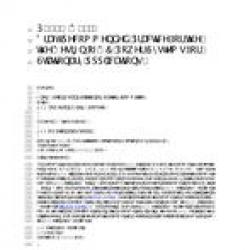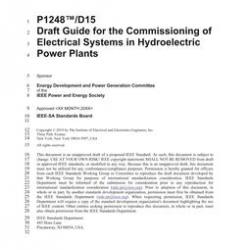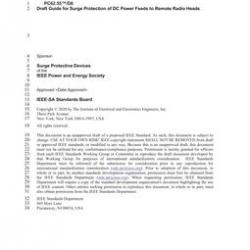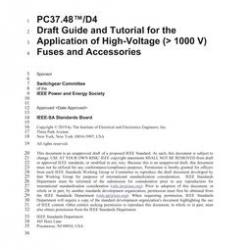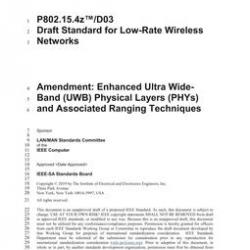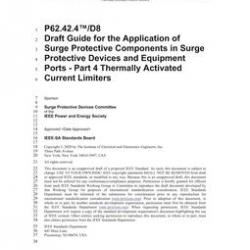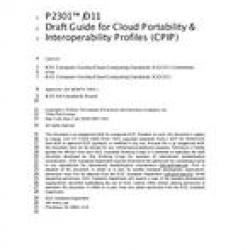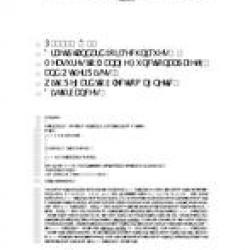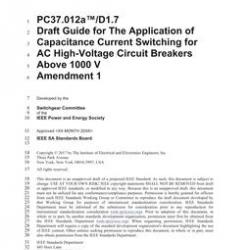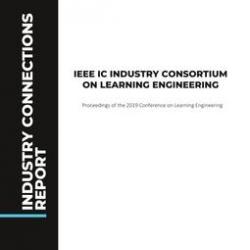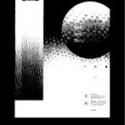Full Description
Scope
This recommended practice applies to all power transformers covered by ANSI/IEEE C57.12.01-1979 [2] and to power transformers up to 50 MVA maximum nameplate rating covered by ANSI/IEEE C57.12.00-1987 [1], when subjected to nonsinusoidal load currents having a harmonic factor exceeding 0.05 per unit. (Harmonic factor is defined in ANSI/IEEE C57.12.80-1978 [3] as the ratio of the effective value of all the harmonics to the effective value of the fundamental.) It does not apply to rectifier transformers or to other specific purpose transformers not covered by ANSI/IEEE C57.12.00-1987 [1] or ANSI/IEEE C57.12.01-1979 [2]. The purpose of this document is to establish uniform methods for determining the capability of transformers to supply nonsinusoidal load currents of known characteristics, without loss of normal life expectancy. Two methods are described as follows. The first is intended for use by those with access to detailed information on loss density distribution within the transformer windings. The second method is less accurate and is intended for use by those with access to transformer certified test report data only. It is anticipated that the first method will be used primarily by transformer design engineers, while the second method will be employed primarily by users. This recommended practice will be applicable for evaluating the feasibility of applying nonsinusoidal load currents to existing transformers and for specifying new transformers to supply nonsinusoidal loads.
Abstract
New IEEE Standard - Superseded.The purpose of the report is to establish uniform methods for determining the capability of transformers to supply nonsinusoidal load currents, without loss of normal life expectancy. Two methods are described. The first is intended for use by those with access to detailed information on loss density distribution within the transformer windings. The second is less accurate and is intended for use by those with access to transformer certified test report data only. It is anticipated that the first method will be used primarily by transformer design engineers, while the second will be employed primarily by users. This recommended practice will be applicable for evaluating the feasibility of applying nonsinusoidal load currents to existing transformers and for specifying new transformers to supply nonsinusoidal loads.

